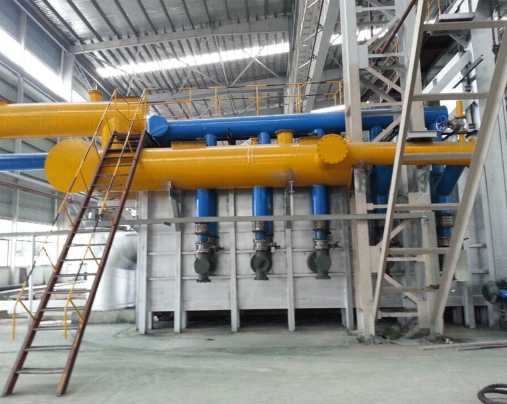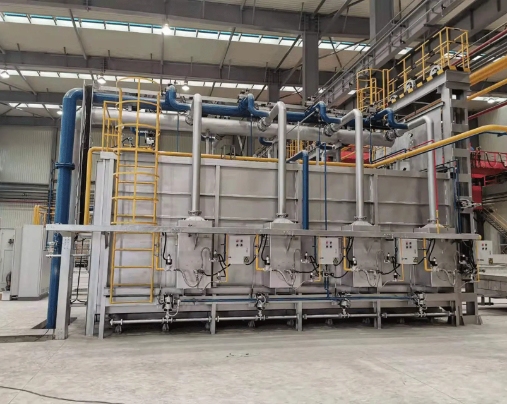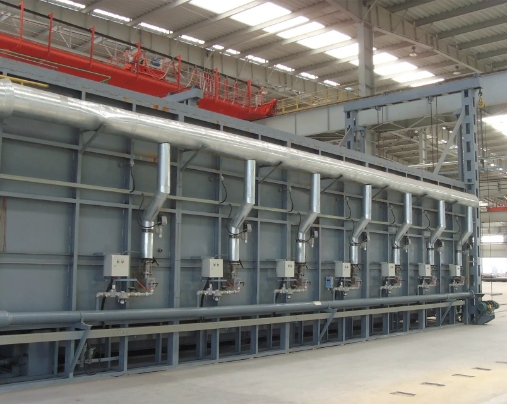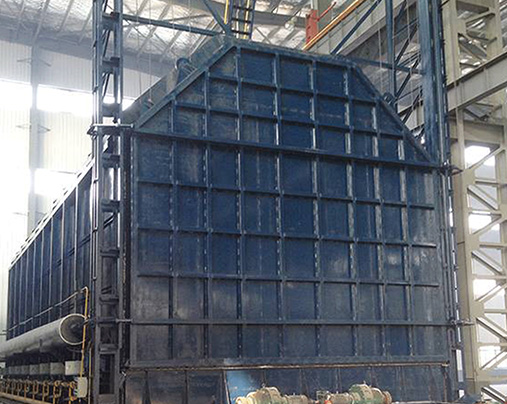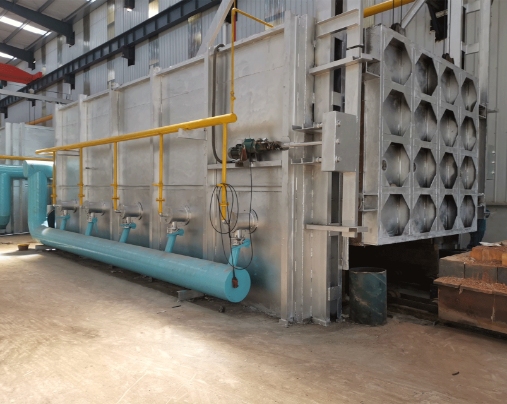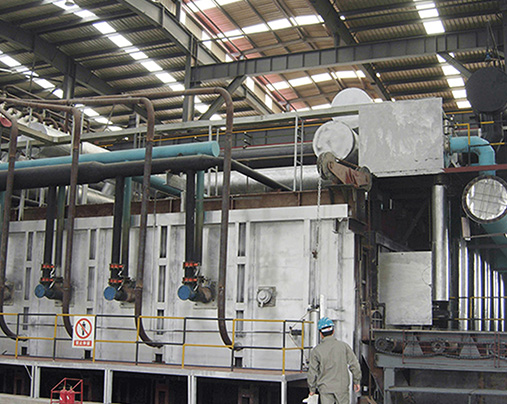
Heat Treatment Furnace
What is a Heat Treatment Furnace?
A heat treatment furnace is a specialized apparatus designed for subjecting metallic components to controlled thermal processes to alter their properties. These furnaces are meticulously engineered enclosures equipped with heating elements, temperature control systems, and mechanisms for precise regulation of atmosphere and cooling rates. Within these chambers, metals undergo thermal cycles involving heating to specific temperatures, holding at those temperatures for predetermined durations, and controlled cooling. These thermal treatments induce changes in the microstructure of the metal, resulting in enhancements to its mechanical, physical, and chemical properties.
Applications of Heat Treatment Furnaces
Heat treatment furnaces find widespread applications across various industries, owing to their ability to tailor material properties to meet specific performance criteria. Some prominent applications include:
- Aerospace Industry: Heat treatment furnaces are crucial for aerospace engineering, where lightweight yet durable materials are essential. These furnaces optimize the properties of materials like titanium and aluminum alloys to meet the stringent demands of aerospace components, such as aircraft frames, engine parts, and landing gear.
- Automotive Manufacturing: In automotive manufacturing, heat treatment processes play a vital role in enhancing the strength, hardness, and wear resistance of steel components. Heat-treated parts, including engine valves, transmission gears, and crankshafts, exhibit improved performance and longevity, contributing to the reliability and efficiency of vehicles.
- Tool and Die Making: Heat treatment furnaces are integral to the production of high-performance tools and dies used in machining, forging, and stamping operations. Through precise thermal treatments, tool steels are hardened, tempered, and surface-treated to withstand the demanding conditions encountered in metalworking processes, ensuring extended tool life and dimensional accuracy.
- Construction Sector: Heat-treated structural components, such as steel beams and columns, offer enhanced strength and toughness, making them ideal for construction applications. Heat treatment furnaces enable the optimization of material properties to meet structural requirements, ensuring the integrity and safety of buildings, bridges, and infrastructure projects.
- Manufacturing and Fabrication: Heat treatment furnaces are indispensable in various manufacturing and fabrication processes, including the production of industrial machinery, heavy equipment, and consumer goods. Components subjected to heat treatment exhibit improved mechanical properties, dimensional stability, and surface finish, facilitating efficient manufacturing and assembly operations.
FAQs about Heat Treatment Furnaces
- What types of heat treatment processes can be performed in a heat treatment furnace? Heat treatment furnaces are capable of performing a wide range of processes, including annealing, hardening, tempering, quenching, carburizing, nitriding, and brazing, among others. The specific process employed depends on the desired material properties and the characteristics of the metal being treated.
- How does atmosphere control contribute to heat treatment outcomes? Atmosphere control systems in heat treatment furnaces regulate the composition and purity of the surrounding atmosphere to prevent oxidation, decarburization, or other undesirable reactions during heating and cooling. Controlled atmospheres, such as inert gases or vacuum environments, help maintain the integrity of the metal surface and enhance the effectiveness of heat treatment processes.
- What factors influence the selection of a heat treatment furnace? The selection of a heat treatment furnace depends on various factors, including the type and size of the components being treated, the desired material properties, the required throughput and production volume, as well as considerations related to energy efficiency, automation capabilities, and regulatory compliance.


